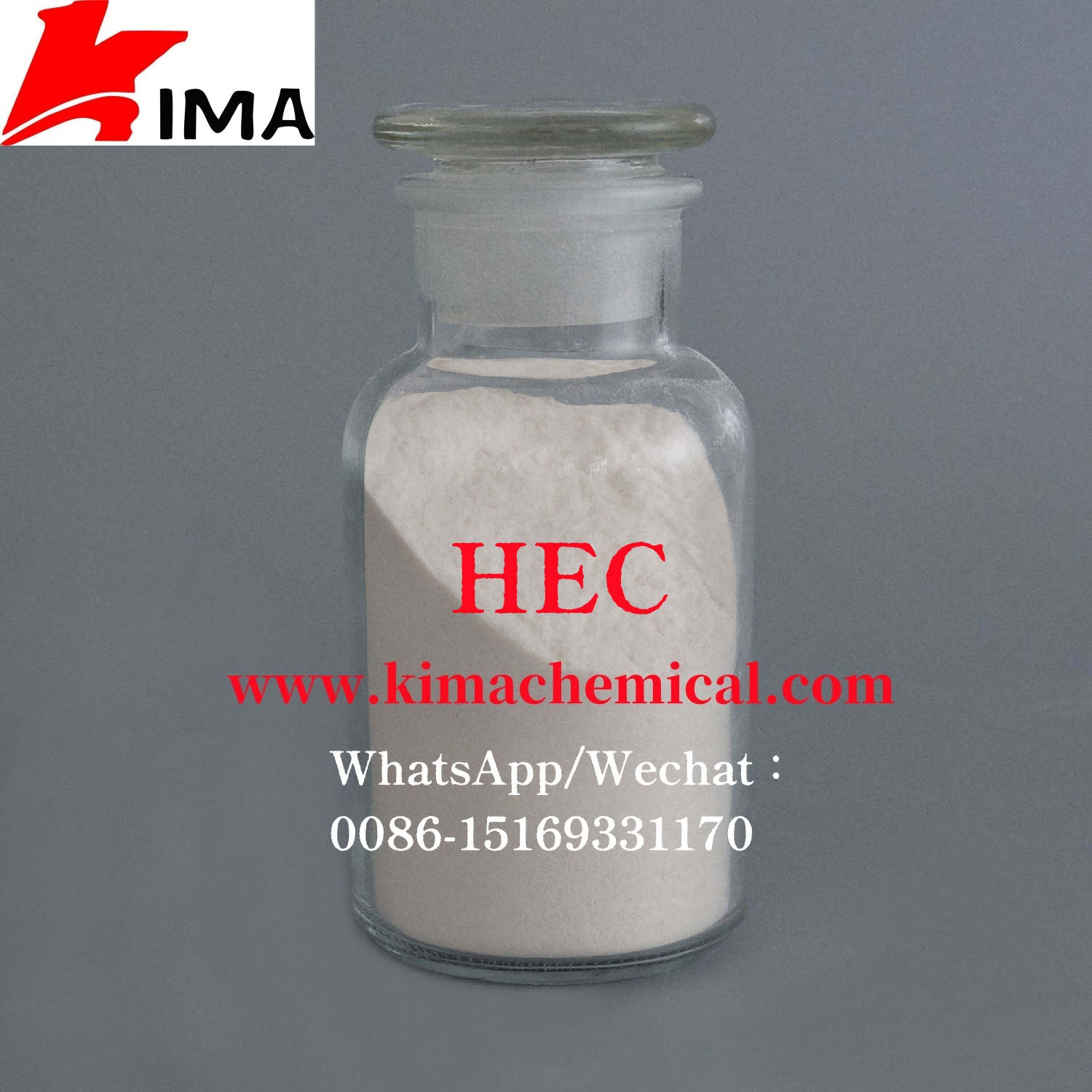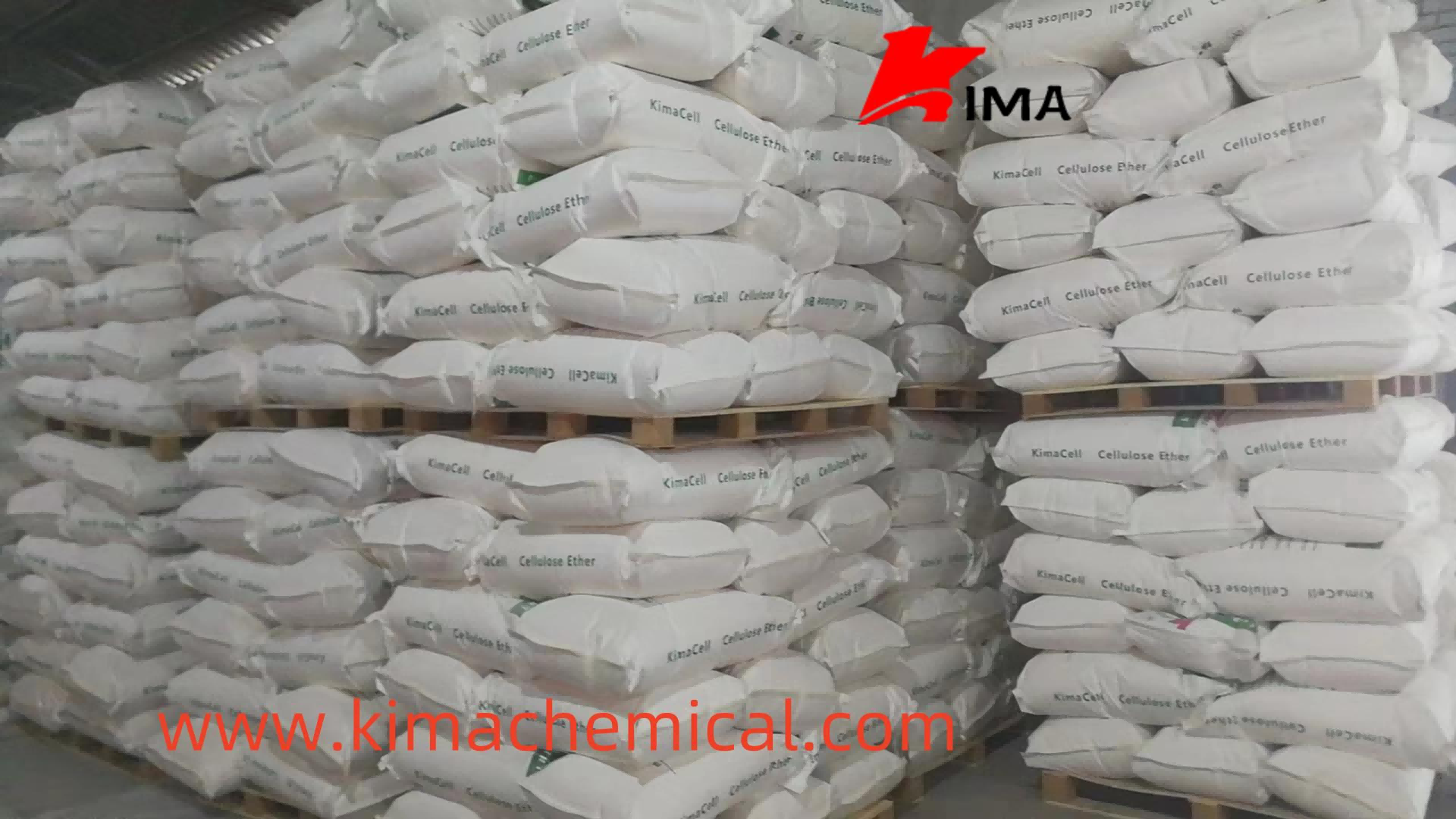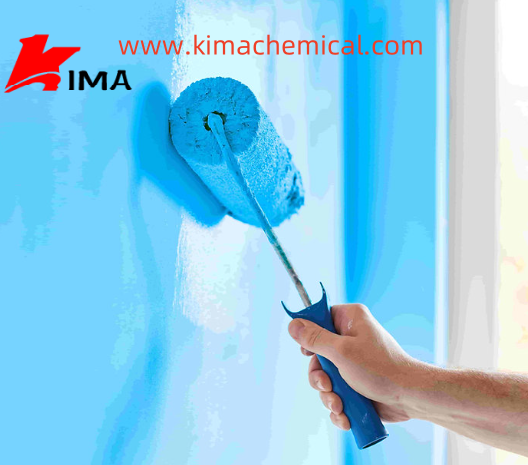Hydroxyethyl cellulose (HEC) is a water-soluble non-ionic cellulose ether. It is widely used in water-based coatings because of its good thickening, emulsifying, film-forming and suspending properties. As a thickener and stabilizer in coatings, HEC can significantly improve the rheological properties and paintability of coatings.

1. Main functions of hydroxyethyl cellulose
In water-based coatings, the main functions of HEC are reflected in the following aspects:
Thickening effect: HEC has strong thickening ability, which can effectively improve the viscosity and suspension ability of water-based coatings and prevent the pigments and fillers in the coating from settling.
Improve rheology: HEC can adjust the fluidity in water-based coatings so that it exhibits low viscosity under high shear, making it easier to spread when painting, while exhibiting higher viscosity under static conditions, thereby reducing the flow of the paint. hanging phenomenon.
Enhanced stability: HEC has good freeze-thaw resistance and storage stability, which can extend the shelf life of coatings and ensure stability in different environments.
Improve film-forming properties: HEC forms a flexible film after the paint dries, enhancing the adhesion and wear resistance of the paint film and improving the protective performance of the paint.
2. How to use HEC
When using HEC in water-based coatings, dispersion and dissolution methods and direct addition methods are usually used. The following are specific usage steps and techniques:
() 1. Pretreatment to dissolve HEC
HEC is a powder that is difficult to dissolve directly and easily forms clumps in water. Therefore, before adding HEC, it is recommended to pre-disperse it. The usual steps are as follows:
Stir and disperse: Slowly add HEC to the water under low-speed stirring to avoid the formation of clumps. The amount of HEC added should be adjusted according to the viscosity requirements of the coating, generally accounting for 0.3%-1% of the total formula.

Prevent caking: When adding HEC, a small amount of anti-caking agents, such as ethanol, propylene glycol, etc., can be added to the water to enable the HEC powder to be evenly dispersed and reduce the possibility of caking.
(2). Dispersion and dissolution method
The dispersion and dissolution method is to dissolve HEC separately into a viscous liquid during the preparation process of the paint, and then add it to the paint. The specific steps are as follows:
Dissolution process: HEC is difficult to dissolve at normal or low temperatures, so water can be heated appropriately to reach a temperature of 30-40°C to accelerate the dissolution of HEC.
Stirring time: HEC dissolves slowly and usually requires stirring for 0.5-2 hours until it is completely dissolved into a transparent or translucent viscous liquid.
Adjust pH value: After HEC is dissolved, the pH value of the solution can be adjusted according to needs, usually between 7-9, to improve the stability of the coating.
(3). Direct addition method
The direct addition method is to add HEC directly into the coating system during the coating production process, which is suitable for coatings with special process requirements. Please pay attention to the following points when operating:
Dry first and then wet: Add HEC to the dry part of the water-based paint first, mix it evenly with other powders, and then add water and liquid components to avoid agglomeration.
Shear control: When adding HEC to the coating, it is necessary to use high-shear mixing equipment, such as a high-speed disperser, so that the HEC can be dispersed evenly in a short time and reach the required viscosity.

3. Control of HEC dosage
In water-based coatings, the amount of HEC should be controlled according to the actual needs of the coating. Too much HEC will cause the coating viscosity to be too high and affect the workability; too little HEC may not achieve the expected thickening effect. Under normal circumstances, the dosage of HEC is controlled at 0.3%-1% of the total formula, and the specific proportion can be adjusted through experiments.
4. Precautions for HEC in water-based coatings
Avoid agglomeration: HEC tends to agglomerate in water, so when adding it, add it as slowly as possible, disperse it evenly, and avoid the mixing of air as much as possible.
Dissolution temperature: HEC dissolves faster at higher temperatures, but the temperature should not exceed 50°C, otherwise its viscosity may be affected.
Stirring conditions: Continuous stirring is required during the dissolution process of HEC, and containers with lids should be used as much as possible to prevent contamination from external impurities and evaporation of water.
Adjustment of pH value: The viscosity of HEC will increase under alkaline conditions, so the pH value of the solution needs to be adjusted reasonably to prevent the performance of the coating from declining due to excessive pH.
Compatibility test: When developing new formulas, the use of HEC should be tested for compatibility with other thickeners, emulsifiers, etc. to ensure that no adverse reactions will occur.
5. Application examples of HEC in water-based coatings
HEC can be used as a thickener in both water-based interior wall coatings and water-based exterior wall coatings. For example:
Water-based interior wall paint: HEC is used to improve the leveling properties of the paint, making the application smoother and more even, and reducing brush marks.
Water-based exterior wall coating: HEC can enhance the sag resistance and weather resistance of the coating and avoid damage to the coating film caused by rain erosion.
The application of HEC in water-based coatings can not only improve the construction performance of the coating, but also improve the apparent quality and durability of the coating film. In practical applications, according to the specific requirements of the coating, the dissolution method and addition amount of HEC are reasonably selected, and combined with the preparation of other raw materials, high-quality coating effects can be achieved.
Post time: Nov-10-2024
